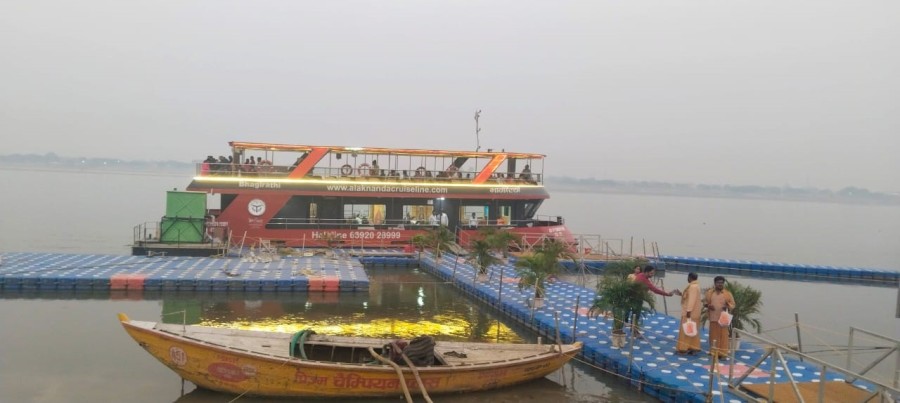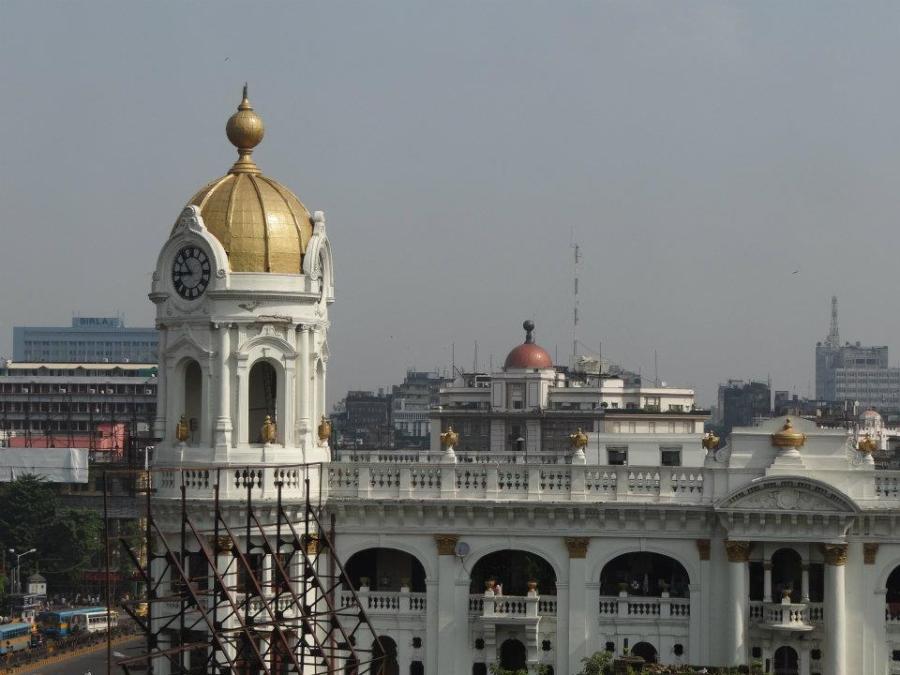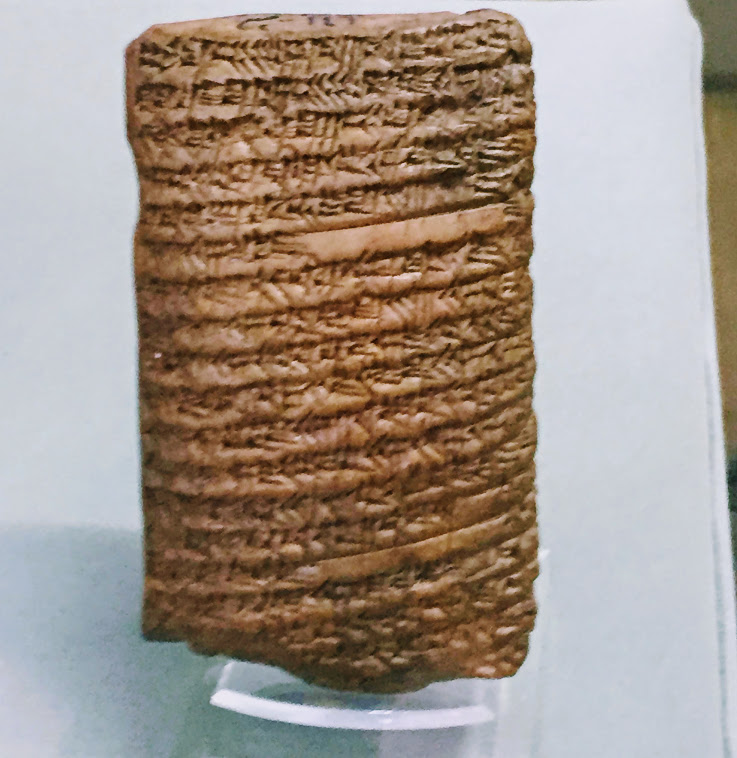On International Museum Day, the post discusses the Mask of Warka, an artefact from the Iraq Museum in Baghdad. The mask, dating back to 3100 BCE, could be linked to the Sumerian goddess, Inanna. Crafted from white marble and adorned with shells, lapis lazuli and metal studs, the relic represents the cultural and religious landscape of ancient Mesopotamia. Despite being looted in 2003, the mask was recovered and remains a testament to our shared human history.










